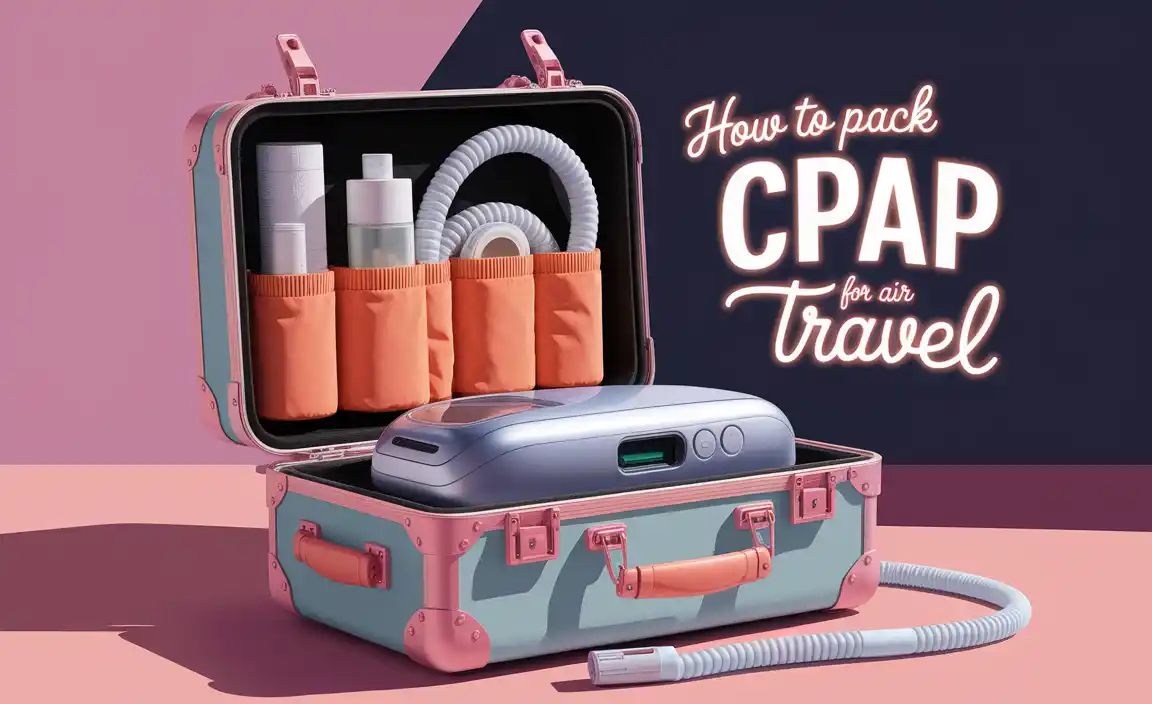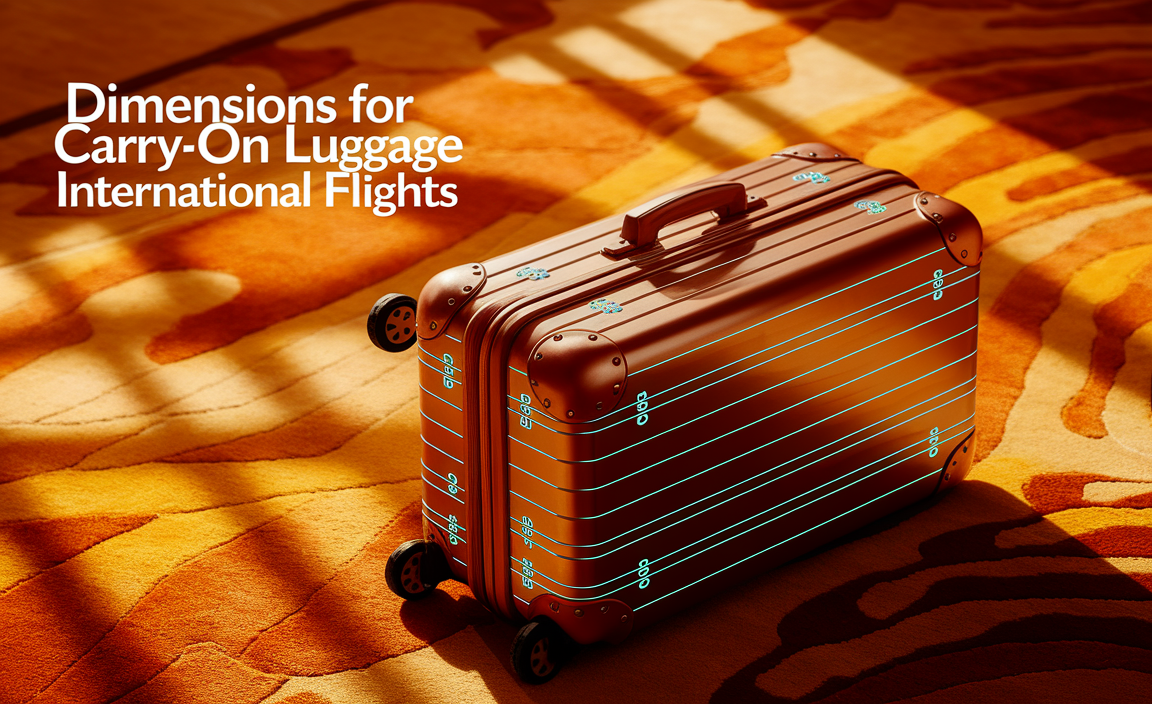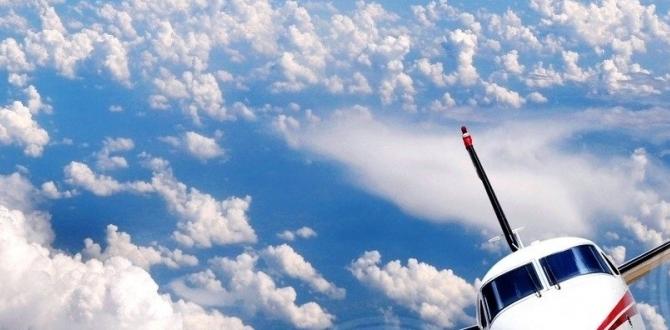Blue Mountains 2 Weeks Itinerary: Essential Guide
Dreaming of escaping to the stunning Blue Mountains? This comprehensive 2-week itinerary is your key to unlocking nature’s wonders, from breathtaking lookouts and cascading waterfalls to charming villages and unique wildlife. Forget the overwhelm; we’ve crafted a plan that balances adventure with relaxation, ensuring a stress-free and unforgettable journey. Get ready to explore the best of the Blue Mountains, with practical tips to make every moment comfortable and enjoyable.
Planning a trip to a destination as diverse as the Blue Mountains can feel a bit daunting, especially when you have two whole weeks to make the most of it. You want to see the iconic sights, but also discover hidden gems. You also want to ensure your travel essentials are sorted, allowing you to focus on the experience, not the worrying. We understand that, and we’re here to help. This guide breaks down a fantastic two-week adventure, offering a realistic pace and plenty of options. We’ll cover everything from where to stay and what to pack to how to navigate the trails and enjoy local flavors, ensuring your trip is as smooth as possible, even if you need to consider personal care items for comfort and convenience on longer days.
Frequently Asked Questions
Is 2 weeks enough time to see the Blue Mountains?
Absolutely! Two weeks provides an excellent amount of time to explore the main attractions, venture into less-crowded areas, and truly immerse yourself in the natural beauty and charming towns of the Blue Mountains without feeling rushed. You can experience a variety of hikes, scenic drives, and cultural stops.
What is the best time of year to visit the Blue Mountains?
The Blue Mountains are beautiful year-round, but each season offers a different experience. Spring (September to November) brings wildflowers and mild weather, ideal for hiking. Summer (December to February) is warmer and great for water activities, though some days can be hot. Autumn (March to May) offers stunning fall foliage and crisp air. Winter (June to August) is cooler, with potential for frost and even snow, creating a magical atmosphere, and fewer crowds.
What should I pack for a 2-week trip to the Blue Mountains?
Pack layers! The weather can be unpredictable. Essentials include comfortable walking/hiking shoes, rain gear, a warm jacket, sun protection (hat, sunscreen, sunglasses), insect repellent, a reusable water bottle, a small backpack for day trips, and comfortable casual wear. If you’re considering traveling with adult or child diapers for added comfort and security during longer excursions or flights, ensure you pack an adequate supply, along with necessary wipes and disposal bags.
How do I get around the Blue Mountains?
Renting a car provides the most flexibility for exploring at your own pace. Alternatively, you can use public transport, including trains that connect Sydney to the main towns like Katoomba and Leura, and local buses. Many major attractions are accessible via these services, and guided tours are also a great option for specific areas.
Are there kid-friendly activities in the Blue Mountains?
Yes! Many walks are suitable for families, like the Prince Henry Cliff Walk (sections of it) and the walks around the Three Sisters. The Jenolan Caves are a huge hit with kids, as is the Scenic World railway and cable car. Wildlife parks and easy nature trails also offer great fun for younger travelers.
What kind of food can I expect in the Blue Mountains?
You’ll find a delightful mix of cafes, bakeries, pubs, and restaurants. Expect hearty pub meals, delicious local produce (especially when in season), artisanal baked goods, and fine dining options. Many places offer spectacular views to accompany your meal.
Are adult or child diapers necessary or helpful for travel in the Blue Mountains?
While not strictly necessary for everyone, adult or child diapers can be incredibly helpful for individuals seeking extra security, comfort, or managing specific needs during long travel days, extended hikes, or when access to restrooms might be limited. They offer peace of mind, allowing you to fully enjoy activities without concern.
Understanding Your Blue Mountains 2 Weeks Itinerary
This isn’t just a list of places; it’s a thoughtfully designed journey. We’ve structured this Blue Mountains 2 weeks itinerary to offer a balanced experience. We’ll start with the iconic sights and then delve into quieter explorations. Each day is flexible, allowing you to adjust based on your energy levels and interests. Remember, travel should be about enjoyment and comfort. Whether you’re planning a solo adventure, a family trip with younger explorers, or need discreet support like adult or child diapers for peace of mind on longer days, this guide is built for you. We’ve considered travel logistics, making it easy to navigate the region and maximize your time. Let’s get started on crafting your perfect Blue Mountains escape!
Week 1: Iconic Sights and Charming Towns
The first week focuses on the must-see landmarks and the picturesque towns that form the heart of the Blue Mountains. This is your introduction to the dramatic escarpments, lush valleys, and vibrant village life.
Days 1-3: Katoomba and the Three Sisters
Katoomba is the bustling heart of the Blue Mountains and your base for the first few days. It offers easy access to the most famous attractions.
- Day 1: Arrival and Echo Point
- Arrive in Katoomba, check into your accommodation.
- Head straight to Echo Point Lookout for your first breathtaking view of the Three Sisters. Capture those iconic photos!
- Take a short, easy walk to the Giant Stairway base for a different perspective, or just enjoy the panoramic views from the lookout.
- Explore Katoomba Street for dinner and local supplies.
- Day 2: Scenic World Adventure
- Spend the day at Scenic World.
- Ride the Scenic Railway (the world’s steepest!) down into the Jamison Valley.
- Walk the Scenic Walkway through the ancient rainforest floor.
- Take the Scenic Cable Car back up for spectacular valley views.
- Enjoy a second ride on the Scenic Skyway, gliding over the rainforest canopy and past waterfalls.
- Day 3: The Three Sisters Walk and National Pass (or alternative)
- Walk the paved path to the Three Sisters viewing platforms again in different light.
- For the adventurous, consider a portion of the National Pass, one of the oldest and most spectacular walking tracks in the Blue Mountains. Note: Check the NSW National Parks website for current track status and closures. If parts are closed or it’s too strenuous, opt for the Prince Henry Cliff Walk from Echo Point towards Leura Cascades.
- Alternatively, enjoy the shorter, accessible walk to Leura Cascades and the Fernandos walk for a taste of rainforest beauty.
Days 4-5: Leura and Local Gems
Leura is Katoomba’s charming neighbour, known for its quaint streets, antique shops, and beautiful gardens.
- Day 4: Leura Mall and Everglades Historic House & Gardens
- Morning exploration of Leura Mall, browsing boutique shops and art galleries.
- Visit Everglades Historic House & Gardens. This stunning art deco home and its terraced gardens offer tranquility and beautiful scenery.
- Enjoy lunch at a traditional tea room in Leura.
- Consider an afternoon stroll through Gordon Falls Reserve.
- Day 5: Wentworth Falls Exploration
- Drive or take a bus to Wentworth Falls.
- Hike to the Wentworth Falls Lookout and the short Wentworth Falls Track to the top of the falls for incredible views.
- For a more challenging hike, descend the scenic but steep stairs to view the falls from the valley floor (check track conditions).
- Explore the charming village of Wentworth Falls, perhaps stopping for a coffee at a local cafe.
Days 6-7: Mount Victoria and Greater Wilderness
Venture further west to Mount Victoria, a historic town offering access to more remote and wild sections of the mountains.
- Day 6: Mount Victoria Village and Lookouts
- Travel to Mount Victoria.
- Visit the Mount Victoria & District Historical Society Museum to learn about the area’s rich past.
- Explore viewpoints like Bales Peak (check accessibility) or Flat Rock for expansive vistas.
- Enjoy the charming main street, with its antique shops and vintage feel.
- Day 7: Mount Lawson and Anderson’s Lookout (or alternative)
- Hike in the Mount Lawson State Recreation Area. The walking tracks here offer a less crowded, more immersive wilderness experience compared to the busier areas.
- Visit Anderson’s Lookout for panoramic views, especially stunning at sunset.
- If you’re feeling energetic and the tracks are open, consider a section of the Pulpit Hill walking track near Medlow Bath for another perspective. Remember to always check NSW National Parks for track closures and safety advice.
Week 1 Summary and Essentials Logistics
By the end of week one, you’ll have experienced the iconic Three Sisters, explored charming villages, and begun to touch the wilder side of the Blue Mountains. This is a good time to reassess your needs. If you require additional comfort or security for extended travel days or longer hikes, ensure your supply of adult or child diapers is sufficient. Staying hydrated is key, so always carry a reusable water bottle. Comfortable walking shoes are non-negotiable. For those with younger children, travel-sized wet wipes and convenient disposal bags become essential companions for any outing. Planning your meals, whether packing lunches or booking restaurants, will also help keep your days running smoothly.
Week 2: Nature Immersion and Hidden Treasures
The second week diversifies your Blue Mountains experience, venturing into deeper nature, exploring unique geological formations, and discovering quieter beauty spots. This is where you can truly slow down and connect with the environment.
Days 8-9: Jenolan Caves and Surrounds
A trip to the Blue Mountains isn’t complete without visiting the magnificent Jenolan Caves, one of the world’s finest cave systems.
- Day 8: Travel to Jenolan and Cave Exploration
- Take a scenic drive to Jenolan Caves, stopping at viewpoints along the way (e.g., Kanangra Walls if time permits and you’re comfortable with unsealed roads).
- Check into accommodation near Jenolan, or in a nearby town like Oberon or Tarana.
- Choose a cave tour that suits you. The ‘Grand Classic’ tour is popular for a reason, showcasing the best formations in the Cathedral Cave. Other tours like the ‘Plughole’ or ‘Orient Cave’ offer different experiences. Book your tours in advance!
- Allow ample time for your chosen tour; they can be physically demanding.
- Day 9: Exploring the Jenolan Valley and Kanangra Walls
- Take a shorter, self-guided walk around the Jenolan valley floor to see the Blue Lake and perhaps visit the self-guided ‘Ribbon Cave’ if available.
- If you have a suitable vehicle and are comfortable with gravel roads, drive to Kanangra Walls Lookout for a spectacular, vast panorama of the Blue Mountains wilderness – a truly awe-inspiring sight.
- Alternatively, explore the trails around Oberon if staying in that region.
<h3 id="days-10-12-southern-blue-mountains-and-gardens: This is a section focusing on the less-visited southern parts of the Blue Mountains, offering a more tranquil experience.**
The Southern Blue Mountains, extending towards Mittagong and Bowral (though technically just outside the immediate Blue Mountains National Park), offer a different charm with rolling landscapes, historical estates, and renowned gardens.
- Day 10: Southern Escarpment Views and Wildes Apple Farm
- Drive south towards towns like Bundanoon or Mittagong.
- Visit Bundanoon, known for its “Brigadoon” festival reenactment and beautiful natural surrounds.
- Explore viewpoints along the southern escarpment, such as those near Bundanoon or further towards Robertson (home of the famous “hanging out of a helicopter” movie scene).
- Stop at Wildes at-heritage-farm for a unique farm-to-table lunch experience if your budget allows, or visit a local produce market.
- Day 11: The Southern Highlands Gardens and Bowral
- Dedicate the day to exploring the famous gardens of the Southern Highlands. Consider visits to Marianswood, Tranquil Garden, or Holmwood (check opening days and times, as many are privately owned and open only spectfic dates or by appointment).
- Explore the stylish town of Bowral, famous for its Sir Donald Bradman museum and boutique shopping.
- Day 12: Fitzroy Falls and Morton National Park (Southern Section)
- Drive to Fitzroy Falls, one of the most impressive waterfalls in the region, within Morton National Park.
- Walk the well-maintained boardwalks and lookouts to appreciate the sheer scale of the falls.
- Consider extending your exploration into other parts of Morton National Park accessible from this area for more bushwalking opportunities.
Days 13-14: Return Journey and Final Reflections
These final days are for a leisurely return, revisiting a favorite spot, or picking up any last-minute souvenirs. It’s also a perfect time to reflect on your incredible journey.
- Day 13: Leisurely Return and Optional Stops
- Begin your journey back towards Sydney or your next destination.
- Stop at any locations you might have missed or wish to revisit. Perhaps a final walk to a favorite viewpoint, or a leisurely brunch in Leura.
- If





